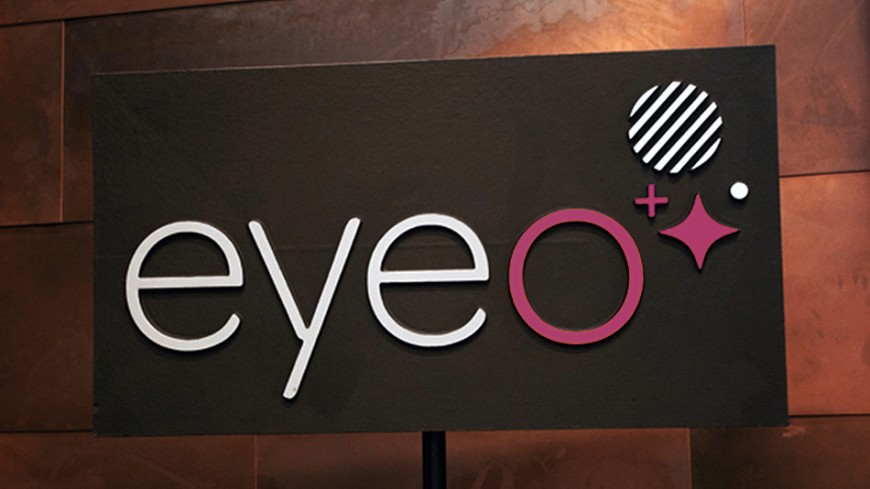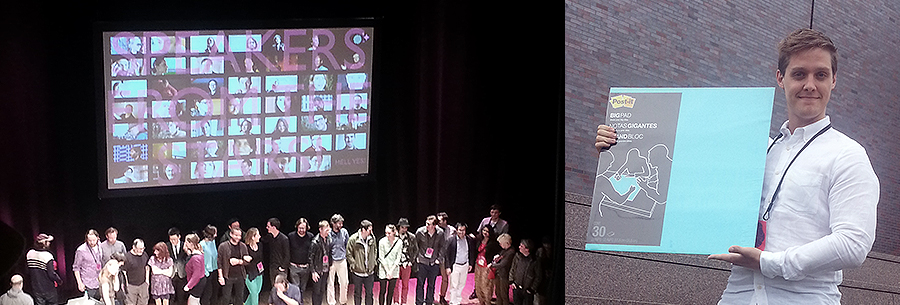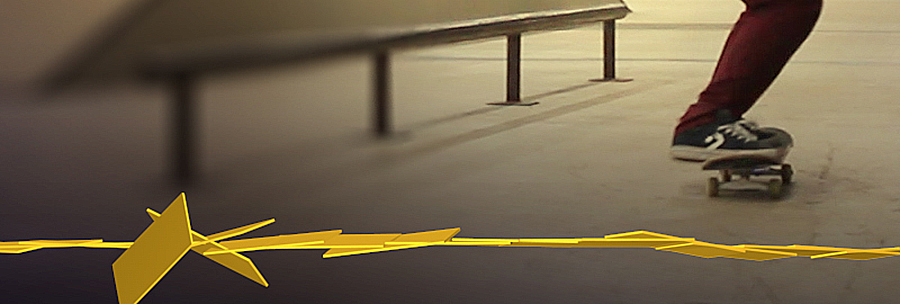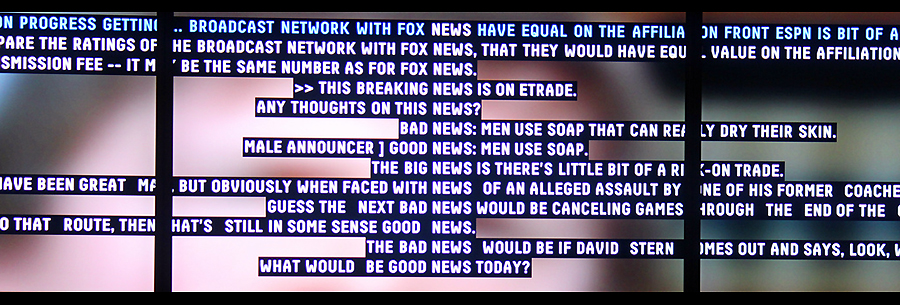
After Eyeo Festival 2013, it’s a little hard to describe exactly how I feel. I’m full of hope and inspiration from all the amazing people I saw in person or that I watched present. I was pleasantly surprised that despite the weather, Minneapolis is a shiny beacon of awesome in the upper Midwest. I’m also a little sad that it’s over but the real world beckons and I’m excited to continue my work at Helios and keep in touch with all those I met. The wonderful organizers did an excellent job vaguely defining the specific goals of the festival. Is it about data visualization? Is it about Art + Technology? Personally, I think it’s about bringing approachable and talented people together who want to create and share their works with the world.

But if I had to break it into some categories these would be the main groups: one part Digital Artists, one part Data Visualizers, and one part independent studios. This combination of speakers kept it quite well rounded and approachable to a much larger audience. I’d like to thank Sermand Buni, Memo Akten, Golan Levin, and Stefanie Posavec for the best panel I’ve ever witnessed that was centered around on Art + Code + Advertising.
Core Advertising Problems
The New Media Artists are the unpaid R+D department of our advertising agencies.
One of the biggest is plagiarism. No credit was given to the original artists, even as an inspirational work and at no point were the original artists contacted. There were some key examples of projects posted on CreativeApplications.net or student works that were almost blatantly ripped off by brands or their respective agencies. The question is ‘Why?’ And the answer lies in a systemic problem with advertising and budgets. Often before a client gives written approval or budget for an idea they need to see it. This is often called the “pitch”. Whether it’s out of laziness or they are truly inspired by them it is often easier to link to an already completed work and “change the colors”. This was made most clear by Memo + Quayola’s collaboration “forms” that was blatantly ripped off by Cadbury for the London Olympic games. Now there’s several things wrong with what happened in that particular instance, and I’m sure it’s not an original story.
But how do we reverse this downward trend? One solution might be by having a more open conversation with digital installation artists. There is a a unrealized potential to collaborate with them, help them to develop their idea into an addon or a more reusable fashion, or have their work licensed in an appropriate manner. Artists need to be paid too. We also need to build more trust with clients and show that pitch graphics are for placement only and should not be taken as a final immutable aesthetic.
The Presentations

Design I/O (image: Skataviz) had a very inspirational talk about how often the best projects are ones that are inspired by their inner child. By asking themselves questions like “Wouldn’t it be crazy if ?” or “Wouldn’t it be insane if?” They are able to push the boundaries and pioneer in the digital space. A great quote mentioned during their talk was: “No one was ever inspired by being on time and under budget.” I think it’s important to keep this in mind. In our business driven world it’s easy to let the realistic restraints of budgets and time limit the execution. But we shouldn’t allow it to drive the creative process, we should aim for the stars and have account managers have to lasso us back to reality.

SoSoLimited (image: Overscan) also had a great talk about their challenges and history that started out by live remixing presidential debates. Then the last speaker of the entire festival, Sha Hwang, brought up quite a powerful quote towards the end of his talk.
We have no obligation to make history, we have no obligation to make art, we have no obligation to make a statement. To make money is our only objective.
I’d like to disagree with Michael Eisner, and I’m proud to say that Helios Interactive has a different goal. Yes we are a business. Making money is an objective we have. But we can do it in a collaborative and sustainable way without extracting value from somewhere else and while raising the bar of digital experiences. We can do it by choosing to be a part of the community and contribute our own open source code. Wthout open source none of us would be able to make anything remotely as great as we can today. We are standing on the shoulders of giants: years of works contributed through open source makes the application ecosystem we rely on today, and all of us would take care to remind ourselves of that. I’d also like to thank all the wonderful eyeo 2013 speakers, as well as the organizers. I hope to see you all again real soon.
